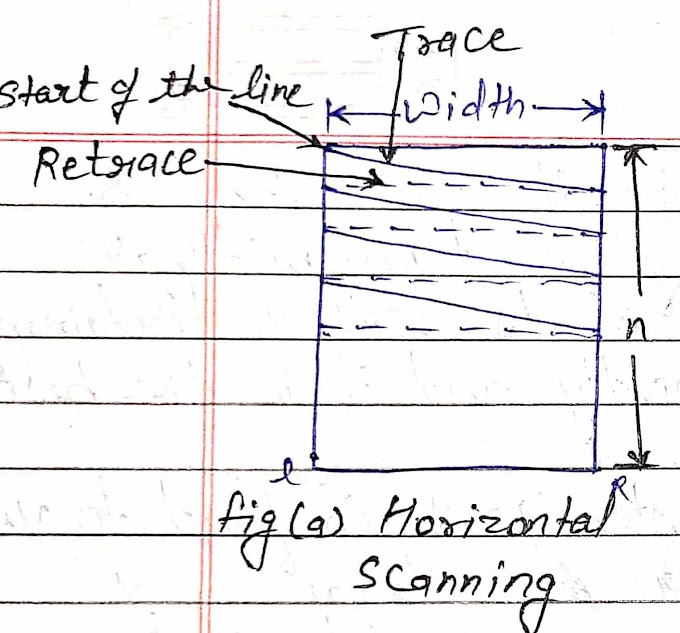INTRODUCTION OF INVERTER:-
Inverter is an electronic device by this device we can change DC current to AC current means they can change Direct current into Alternating current at a desire output frequency and voltage with the help of Inverter.
DC current means the current of battery and AC current means the current which comes from transformer.
Classification of inverter :-
Classification according to wave shapes of output :-
Square wave inverter :-
A square wave inverter produces a square wave AC voltage at constant voltage of this type of inverter can be controlled by the DC input voltage.
This type of inverter give me a square wave AC voltage.Pulse width modulation:-
It uses as a switching scheme inverter to modify the shape of the input waveform to give a desired output waveform.
forced commutation inverter :- forced commutation inverter are based on the principle of forced commutation inverter process.
Parallel inverter
Bridge inverter
Classification of inverter according to commutation :-
Line Commutation inverter :- line committee Sun inverter based on the natural commutation.forced commutation inverter :- forced commutation inverter are based on the principle of forced commutation inverter process.
Classification of inverter according to connection :-
Series inverterParallel inverter
Bridge inverter
Types of forced commutation inverter:-
- Auxiliary commutation inverter ( The MC murray inverter)
- Complementary commutated inverter (Mc Murray bed ford half bridge inverter)
Auxiliary commutation inverter ( The MC murray inverter)
Introduction of Auxiliary commutation inverter
The Mc murrays inverter is a impulse commutative inverter which is basedon LC circuit and auxiliary thyristor for commutation in load circuit. |
| Circuit diagram of mc murray inverter |
This impulse is derived from the regulating LC circuit which is applied to turn OFF a thyristor which carrying a load current.
This circuit consist of main thyristor T1 ,T2 , T3 & T4 ,and Diode D1, D2,D3 & D4 and Auxiliary thyristor TA1, TA2, TA3 & TA4 and L & C component.
When theThyristor pair T1 and T2 conducts load is connected to DC current source causing a positive voltage across the Load .
When thyristor pair T3 and T4 conducts a negative voltage is produces across the load.
This circuit consist of main thyristor T1 ,T2 , T3 & T4 ,and Diode D1, D2,D3 & D4 and Auxiliary thyristor TA1, TA2, TA3 & TA4 and L & C component.
When theThyristor pair T1 and T2 conducts load is connected to DC current source causing a positive voltage across the Load .
When thyristor pair T3 and T4 conducts a negative voltage is produces across the load.
The mode of operation of this inverter is divided into various operating mode which is given below :-
MODE 1 :- In this mode the thyristor pair T1 and T2 is triggered Then thyristor T1 and T2 becomes turn on the supply current which flow through the path.
Edc (+)→T1 → EL( Load , ZL ) →T2→ Edc (-)
hence +ve load voltage EL is obtained.
Mode 2 :- By this mode when thyristor TA 1 and TA2 are trigger to turn OFF the main thyristor T1/ T2 which are conducting when thyristor TA1/TA2 have been turned ON capacitor C1 and C2 start discharging by path
Capacitor C2 discharging path
C1 (+) →T1 →TA1 → L → C1(-)
Capacitor C1 dischargeing path
C2(+) →L →TA1 → T2 → C2(-)
Mode 3 :- when resonanting excessive current IL ,the excessive current Ic - IL = ID1 or ID2 calculated through feedback diode D1 or D2. The path for D1 is
Mode 2 :- By this mode when thyristor TA 1 and TA2 are trigger to turn OFF the main thyristor T1/ T2 which are conducting when thyristor TA1/TA2 have been turned ON capacitor C1 and C2 start discharging by path
Capacitor C2 discharging path
C1 (+) →T1 →TA1 → L → C1(-)
Capacitor C1 dischargeing path
C2(+) →L →TA1 → T2 → C2(-)
Mode 3 :- when resonanting excessive current IL ,the excessive current Ic - IL = ID1 or ID2 calculated through feedback diode D1 or D2. The path for D1 is
C1(+) →D1→TA1→L→C1(-)
and path for D2 is
C2(+)→ L→ TA2→ D2 →C2(-)
Mode 4:- This mode start working when diode D1 and D2 stop conducting and the capacitor recharge the load at the constant current lL.
Mode5:- This mode start working when the capacitor voltage tends to the greater than Edc and diode D3 and diode D4 becomes in forward biased. The energy stored in the inductor L is transferred to the capacitor, causing it to be overcharged with respect to supply voltage Edc.
Mode 4:- This mode start working when diode D1 and D2 stop conducting and the capacitor recharge the load at the constant current lL.
Mode5:- This mode start working when the capacitor voltage tends to the greater than Edc and diode D3 and diode D4 becomes in forward biased. The energy stored in the inductor L is transferred to the capacitor, causing it to be overcharged with respect to supply voltage Edc.




0 Comments